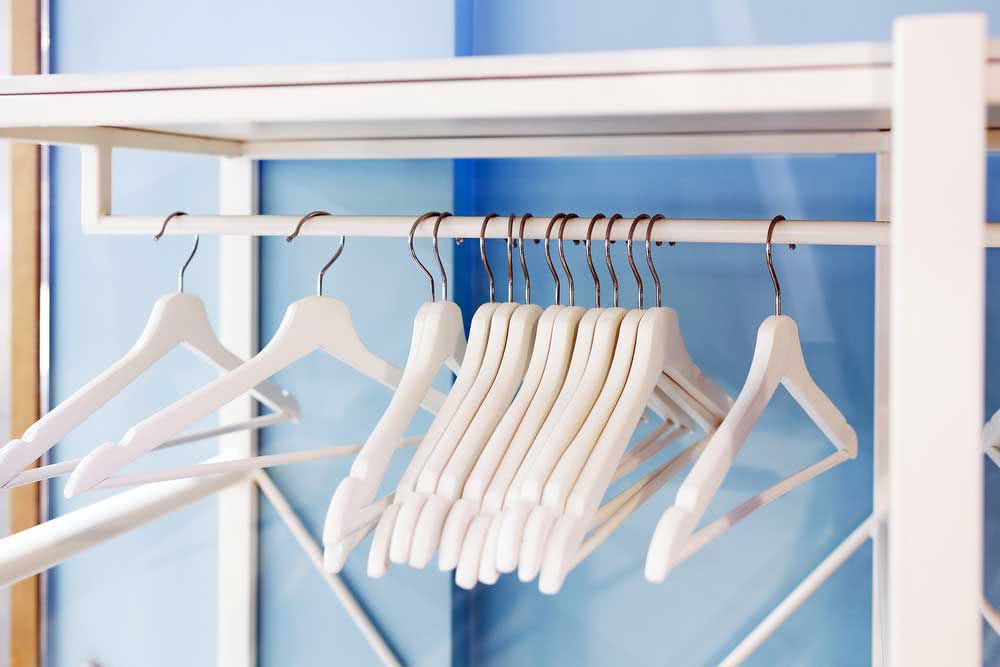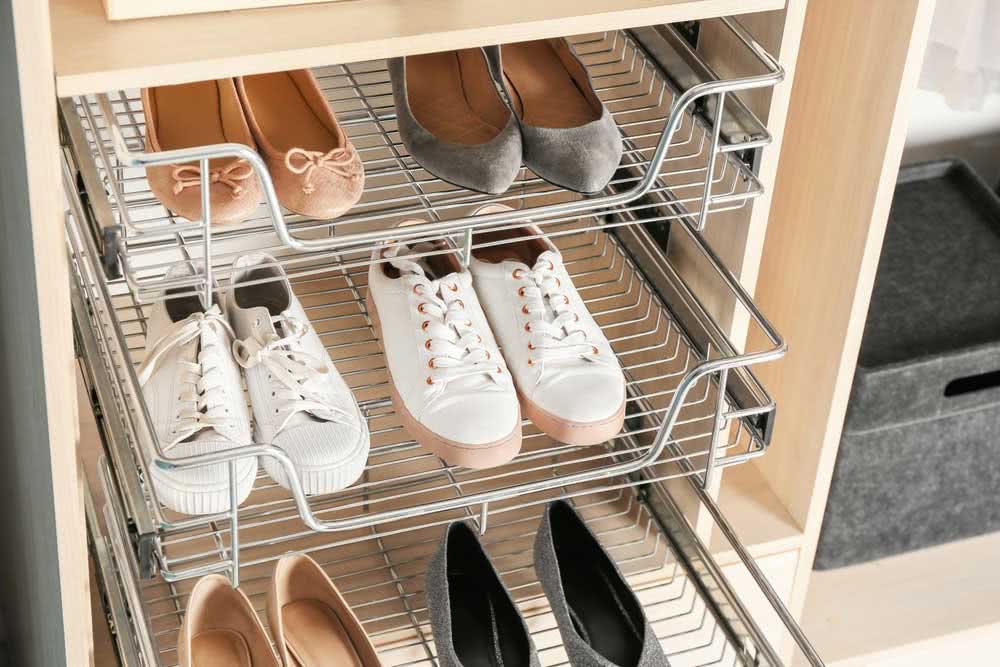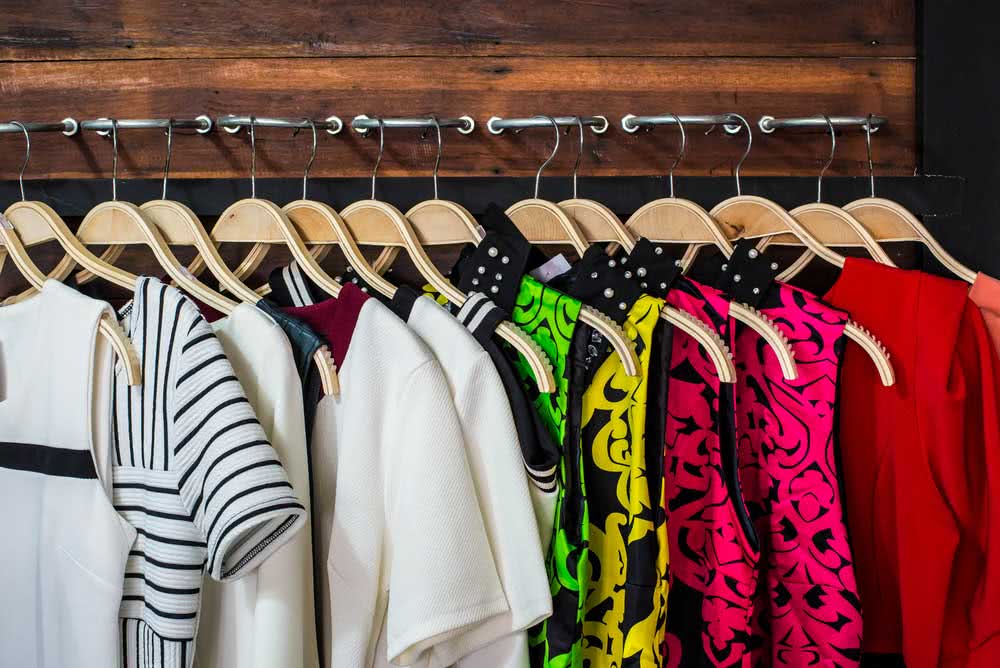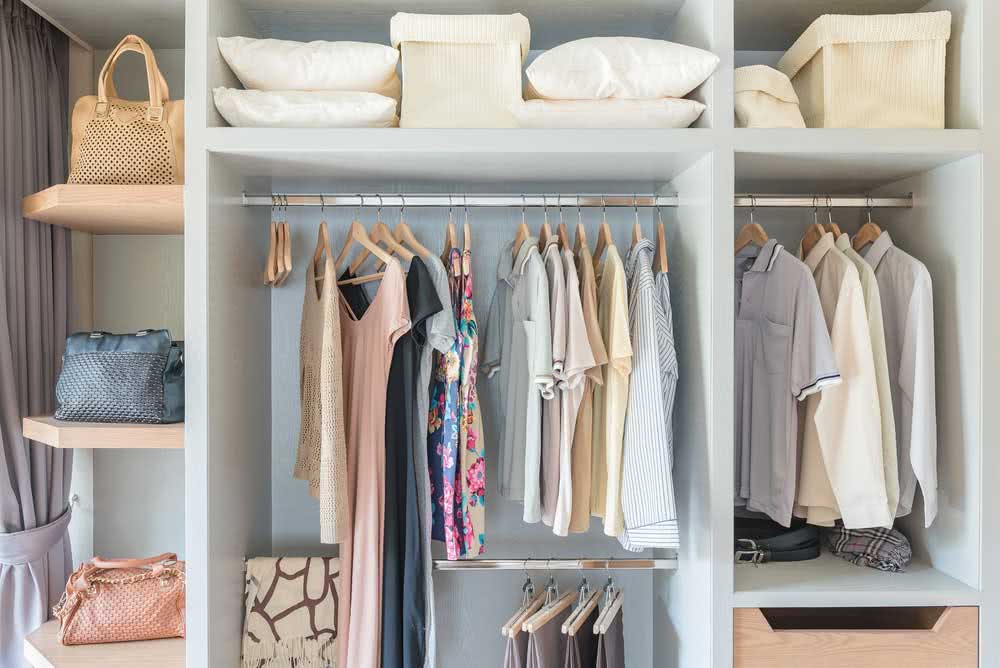If you are the type who always thinks you have nothing to wear, believe me: the solution is not shopping. You know what it is? Organize the closet.
Yeah! Sometimes the mess is so big that it becomes practically impossible to find anything and it is obvious that in these cases you will have serious difficulties in putting together looks.
So let’s roll up our sleeves and go for a day of general cleaning in the closet. We help you with the following tips. Cheer up!
Closet Organization Tips
1. Decide what’s left and what’s going

The first step before any organization is to decide what remains and what will be discarded (either for donation or for waste).
So start by taking everything out of the closet and placing it on the bed. Then, do a reflection exercise, sincere and honest, with your clothes, one by one.
Assess how much each garment has been used in the last year or six months. If you notice parts that you haven’t even come close to, then you can be sure that there is an immense possibility that you won’t be using them again for the next few months. In this case, this piece becomes a great candidate for donation.
Also check if the clothes fit you. If yes, ok. But if not, see the chances of adapting it to your body. If you do not have the possibility to make adjustments, then the best thing is to put it for donation.
Finally, there are the pieces with holes, stains or extremely worn that cannot be donated. These clothes must go to the bottom of the black garbage bag.
But, calm down! Don’t throw it in the trash yet.
For the sake of the environment, refer these parts to reverse logistics programs. Many stores, including very popular ones, have such programs and you don’t even need to have bought the clothes at that store. You just have to take the parts there and make the correct disposal.
Clothes sent for projects of this type can have up to two different destinations. The first of these is recycling, when the type of fabric allows the fibers to return to the industrial process, transforming into new pieces or other products.
The second possibility is reuse, when the proposal is to give a new use to clothing, for example, to transform a pair of pants into a cushion cover.
2. Type and color

After the initial removal, separate your clothes by type and color. For example, separate short-sleeved shirts in a pile and long-sleeved shirts in another.
Gym clothes should also have a place just for them. As well as jackets, shorts, pants and shirts.
Then do a second separation, this time by color. Take the pile of T-shirts and arrange them in order of color, from lightest to darkest or vice versa.
You can also separate plain and printed parts. This makes it even easier to find what you need.
3. What to fold and what to hang
Everything separate, now is the time to put the pieces back in the closet. To do this, you must examine the pieces that can be folded, those that must be hung.
In general, clothes that do not wrinkle can be folded without weight on the conscience.
Folding clothes
- T-shirts and other pieces of fabric (lose shape if hung)
- Woolen clothes (cannot be hung because they stretch)
- Cotton pieces
- Gym clothes
- Jeans
- Pajamas and underwear
- Party clothes
The pieces that usually knead easily should hang on hangers.
Clothes to hang
- Blazers and coats
- Skirts and dresses
- Linen pieces
- Tailoring Pants
- Dress Shirts
- Clothes of delicate fabrics, such as silk, crepe and satin
4. Organizers

Often, only drawers and shelves are not able to organize everything you have. And this is when you should use the organizers.
Nowadays it is possible to find a wide variety of organizers, of the most varied types and sizes.
Boxes and baskets, for example, can be great for storing underused shoes and clothes. They also serve to organize scarves and hats.
Underwear, gym clothes, as well as accessories such as belts, for example, are perfectly organized into hives.
You can even do this type of organizer yourself, you know? Just use PVC pipes or paper rolls.
5. Shoes and accessories

Organize a space in your closet solely and exclusively to store your shoes, especially those that you hardly use. Count on boxes for that.
High boots must be kept with a protector inside, this prevents them from deforming. Enjoy and keep your shoes with little bags of silica, so they don’t mold.
Accessories, such as jewelry, need a corner just for them. Provide a honeycomb box or consider hanging it on a perforated plate, for example. In addition to always being visible, your accessories will no longer tangle with each other.
6. Party clothes
Most likely you don’t go to parties every week. But at one time or another you end up going and so you must have clothes and shoes saved for those moments.
However, they do not need to occupy a large space inside the closet, nor do they need to be in plain view. Organize the dresses by packing them in TNT bags (for the fabric to breathe) and then put them in boxes. With shoes the care must be the same.
Finally, place these boxes on the highest shelves or at the bottom of the cabinet.
7. Season clothing

Try to organize your closet when changing seasons, if not the four, at least the two most striking: autumn and spring.
Make a selection of your own clothes for this time of year and make them more affordable to wear. This saves you time and does not run the risk of stopping using any item simply because it was hidden in the closet.
8. Pieces of affective value

One of the most difficult moments of organizing the closet is the time when you need to deal with pieces of affective value, especially those that are earned from someone special.
The tip, in this case, is to honestly assess whether it is really worth keeping that piece in the closet. If you think so, take care of her with affection. Otherwise, take a picture to remember and send it for donation.
9. Escape promotions
Do you know that idea of buying just because it is cheap? This is terrible for your pocket, your closet and a big problem for the environment, since all excessive consumption causes environmental impacts.
So, buy only what you really need. And always prioritize quality over quantity, okay?
10. Keep everything in order

After a day of cleaning and organizing all you need from now on is to keep order. So always fold your clothes before storing instead of just stuffing them in the drawer anyway.
It is also important to leave the wardrobe door open for a few hours, at least once a week, so your clothes are ventilated.
And even if everything is in order, clean it up every year to make sure everything in your closet is really important to you.



